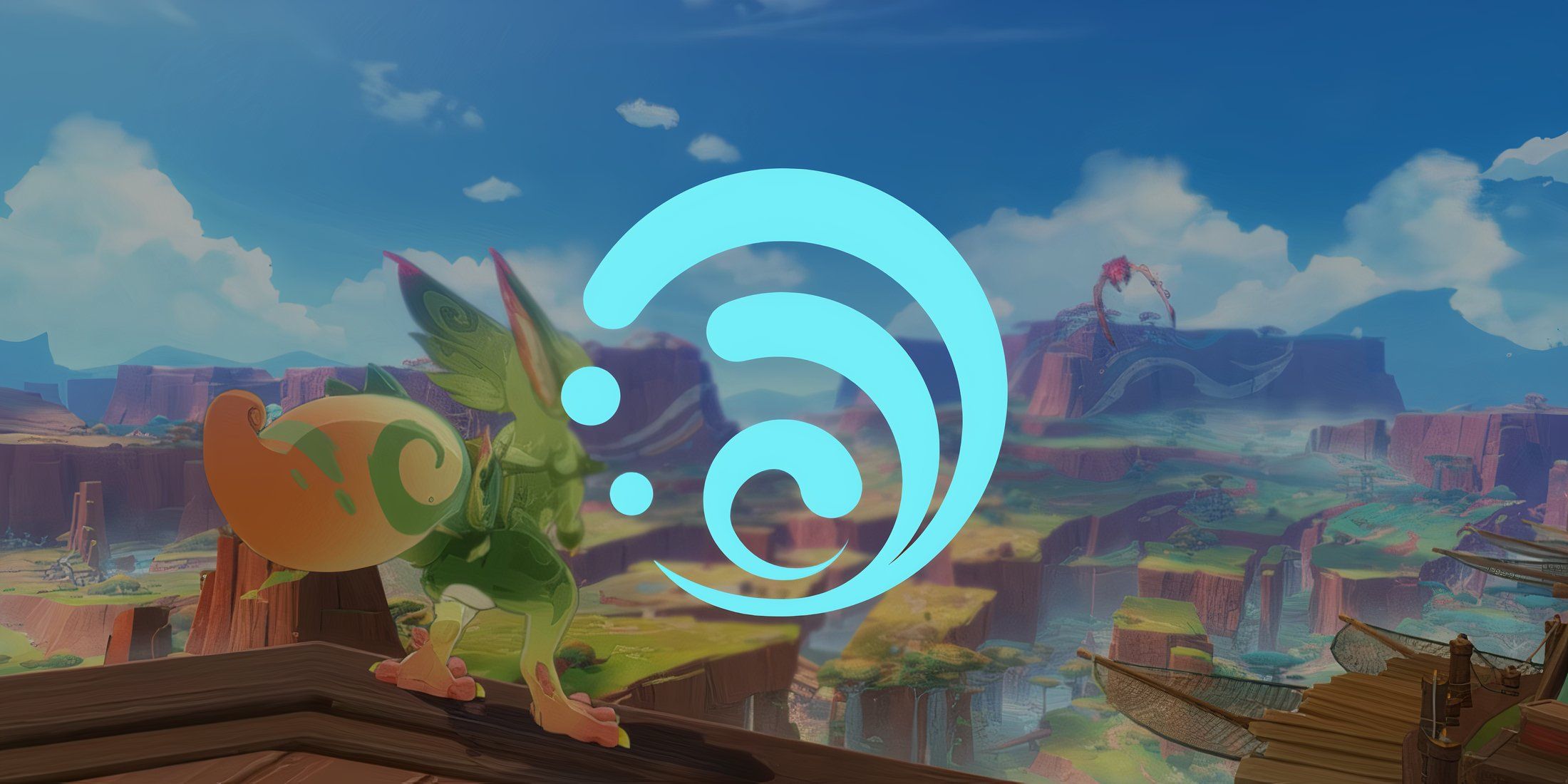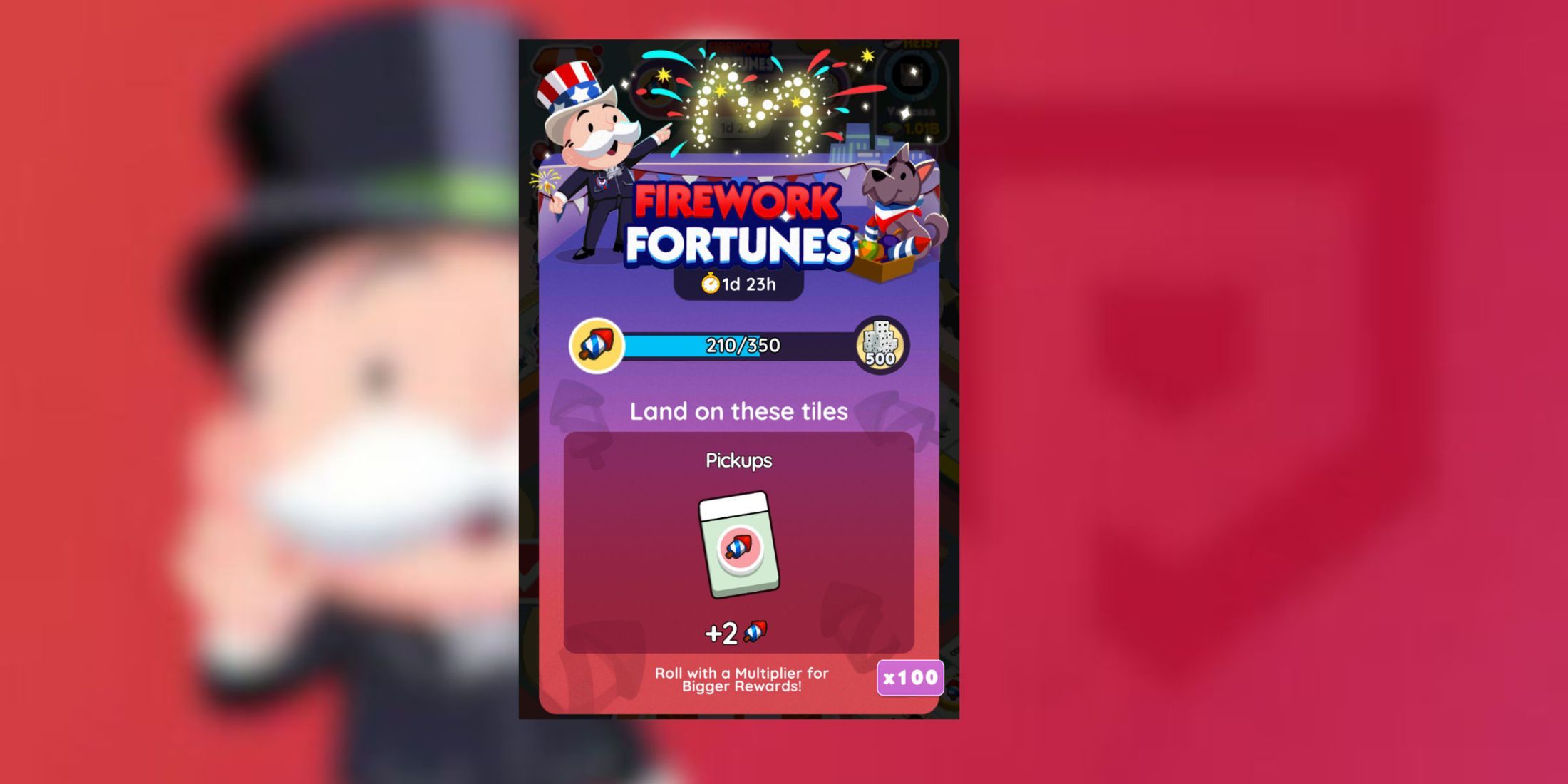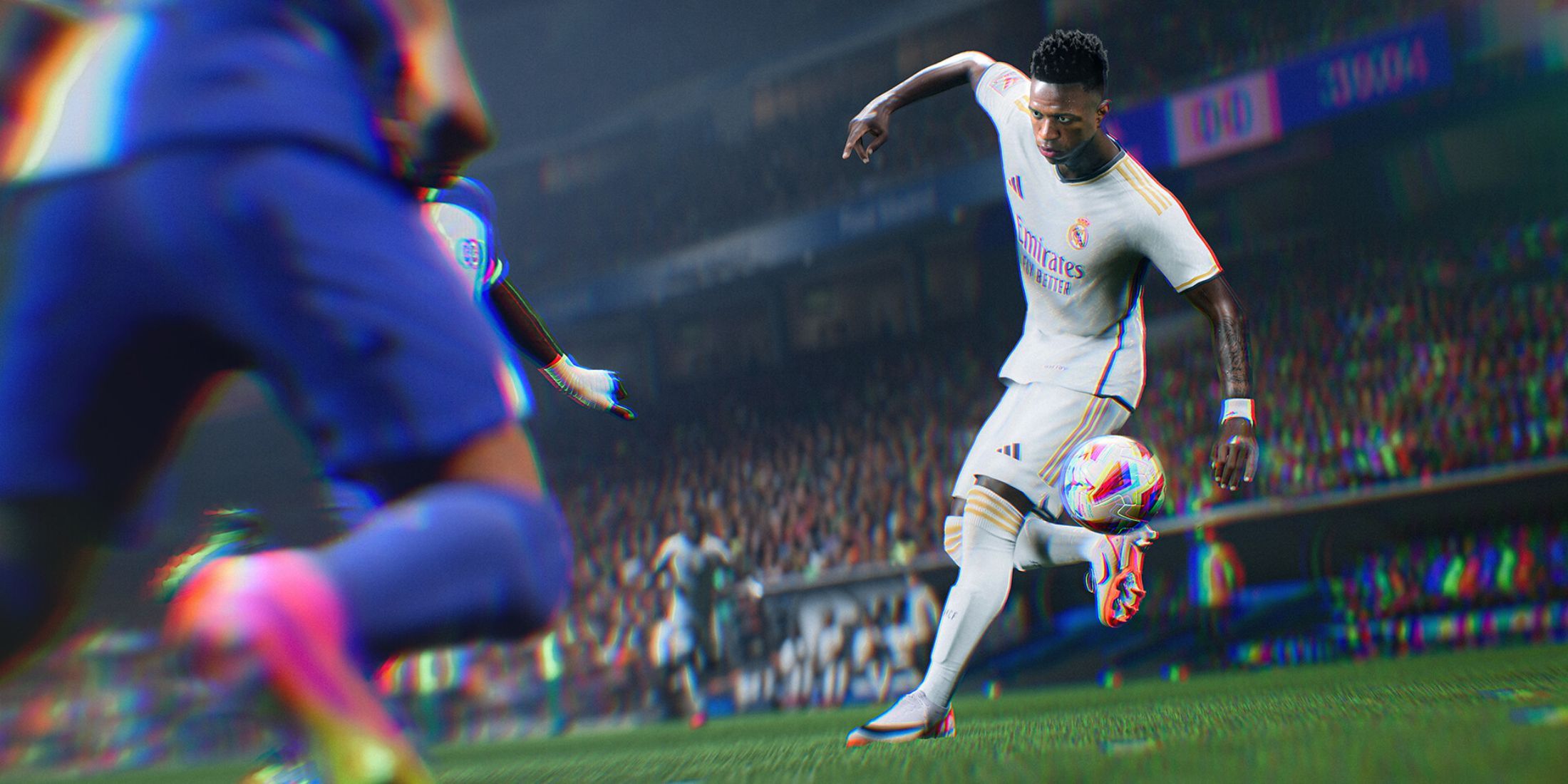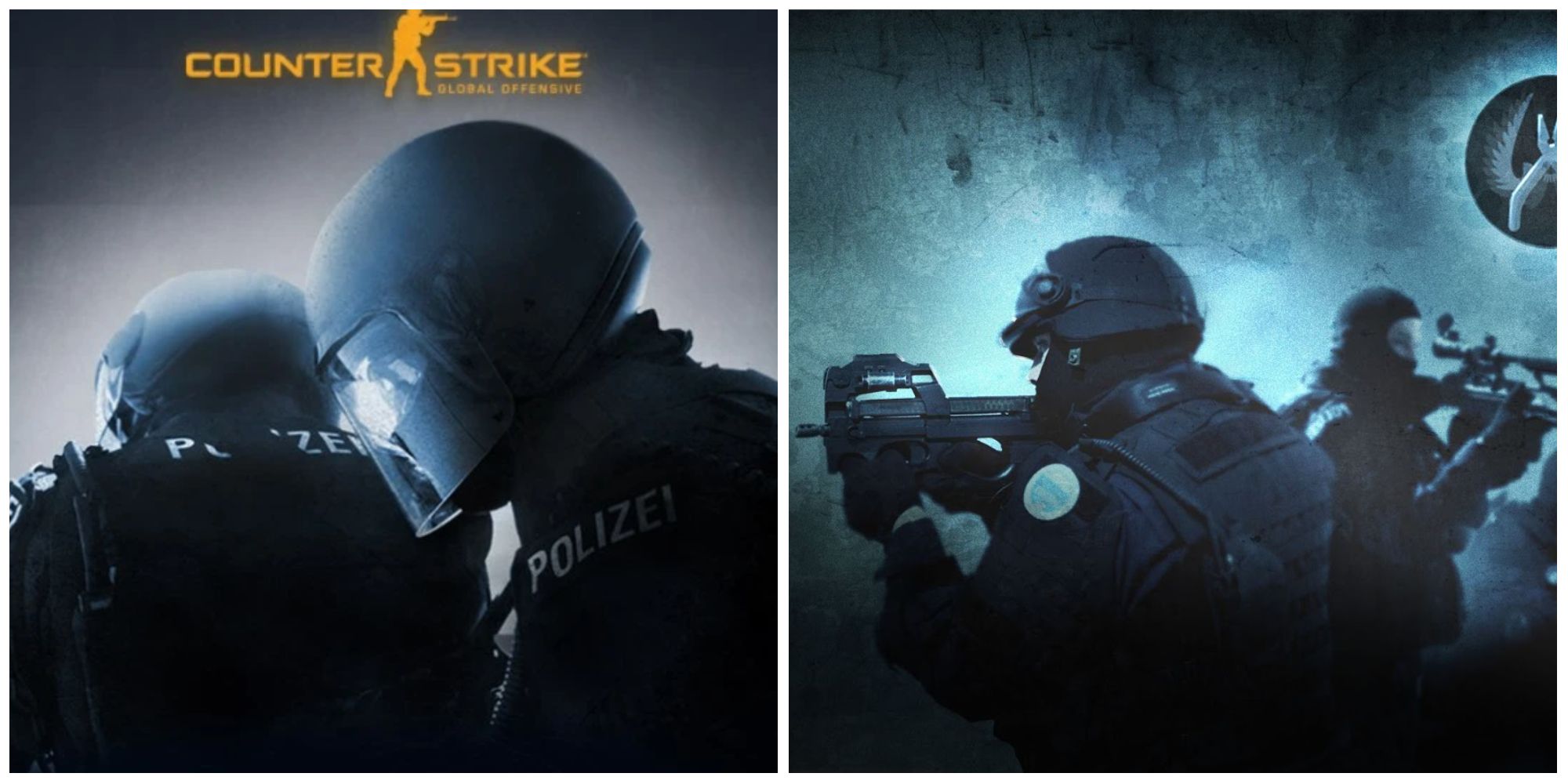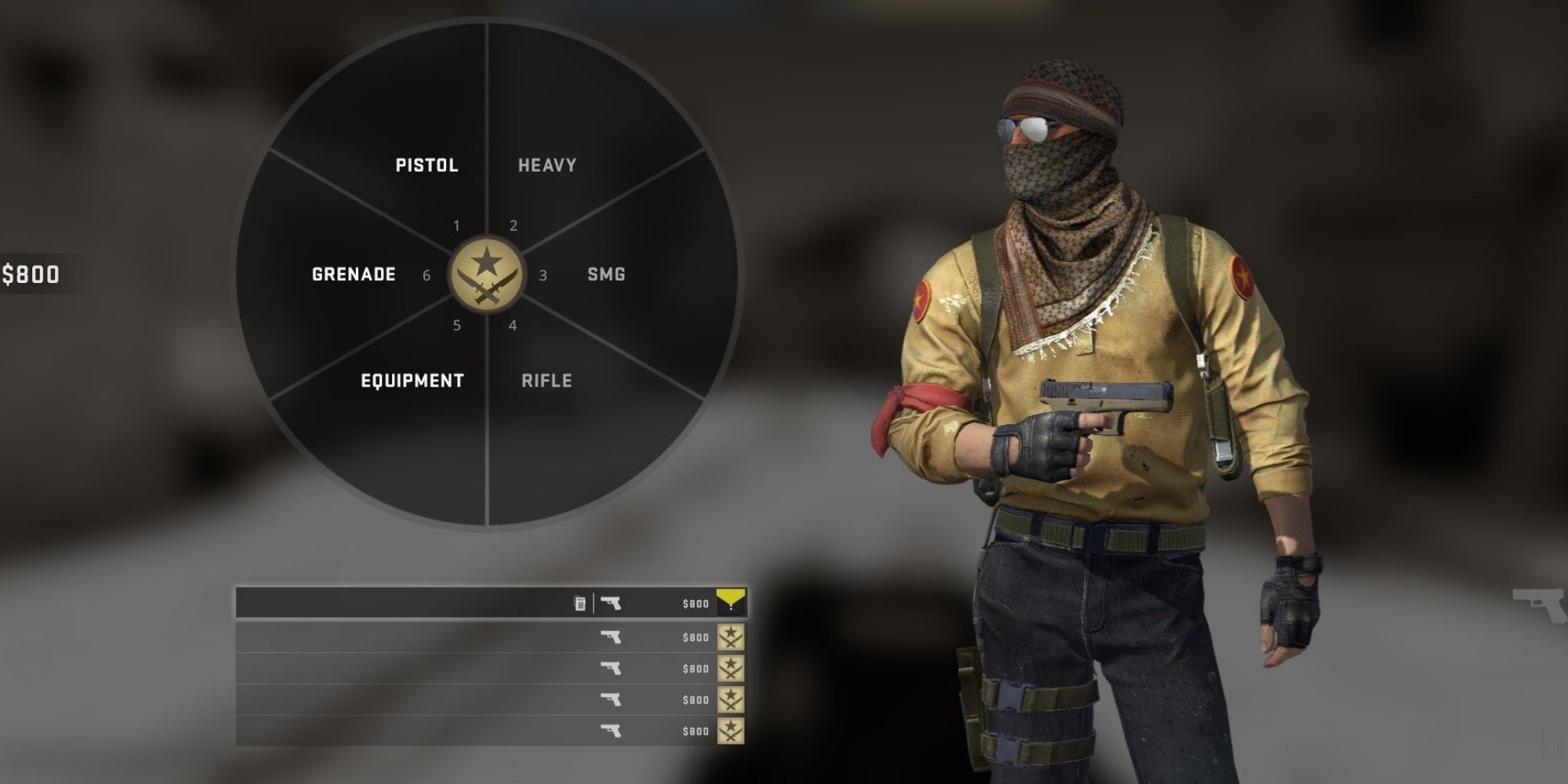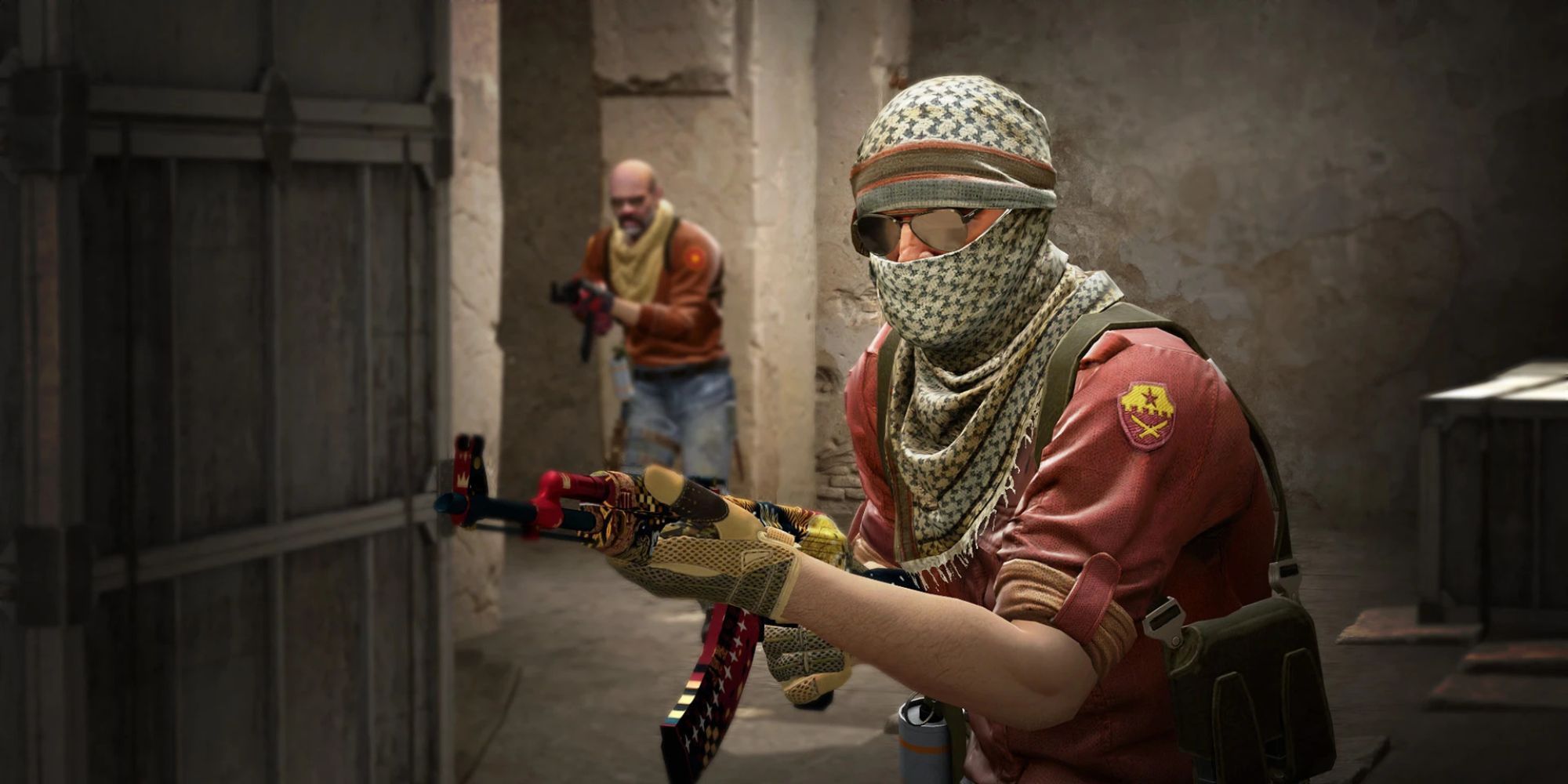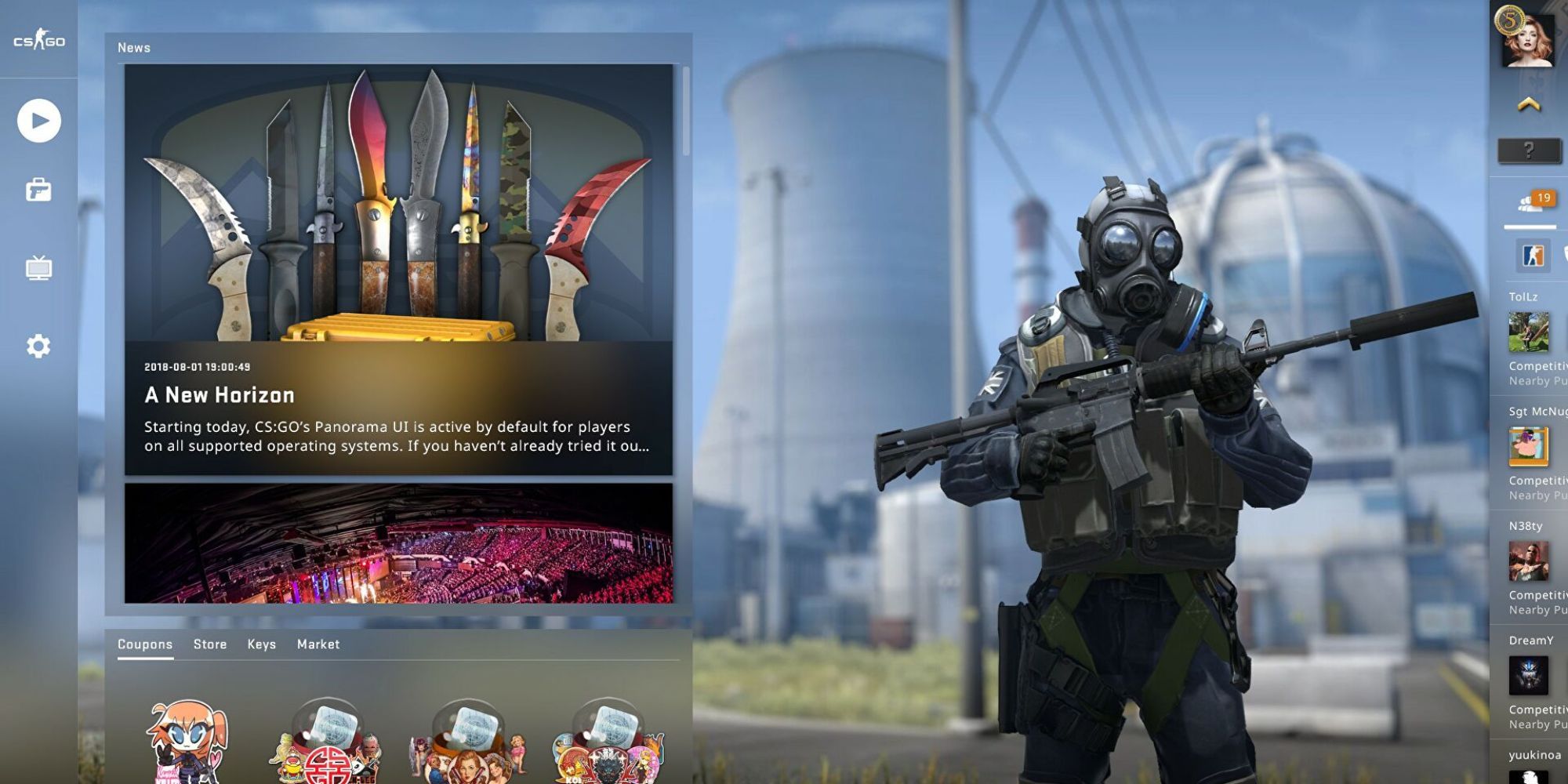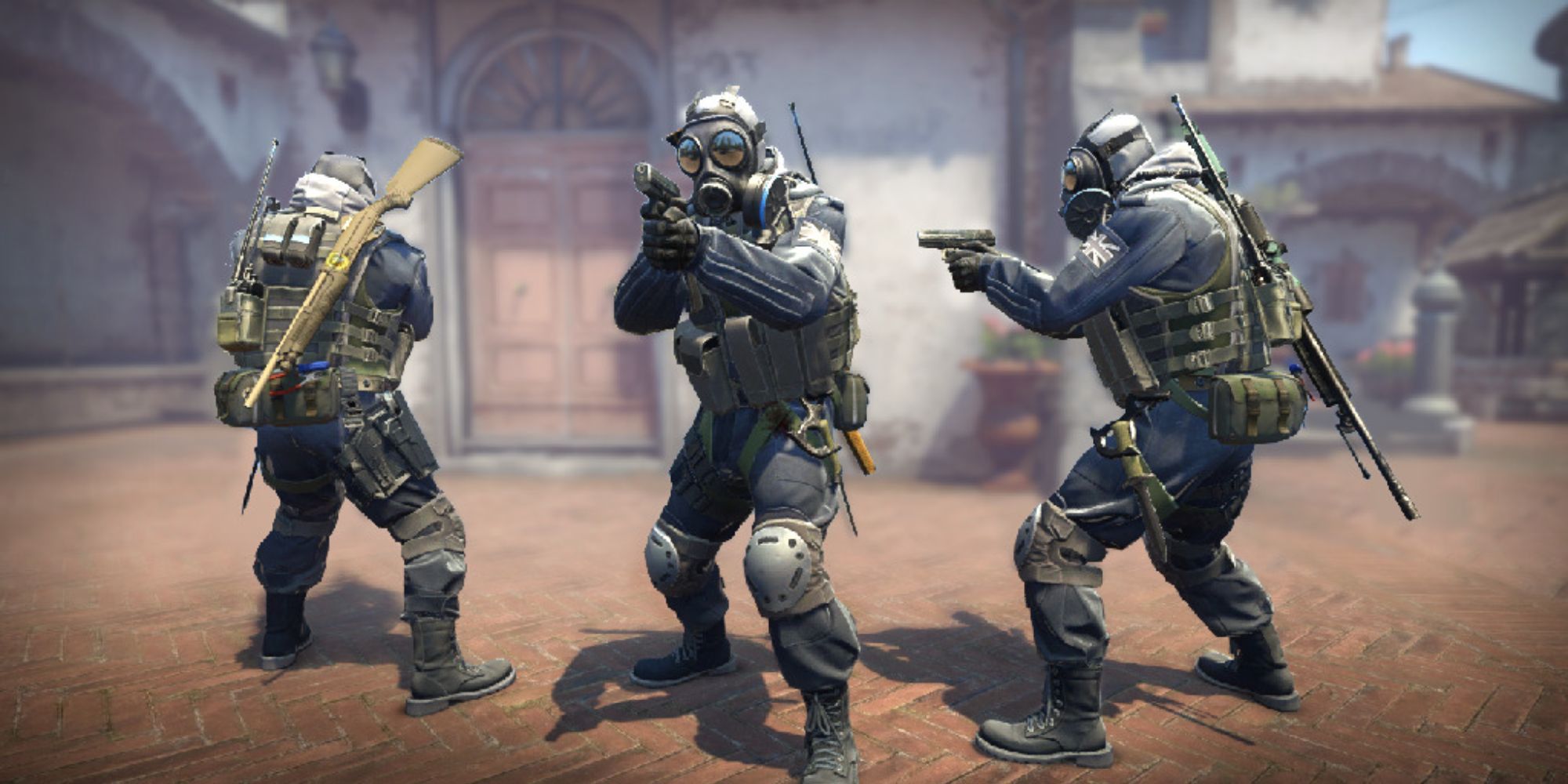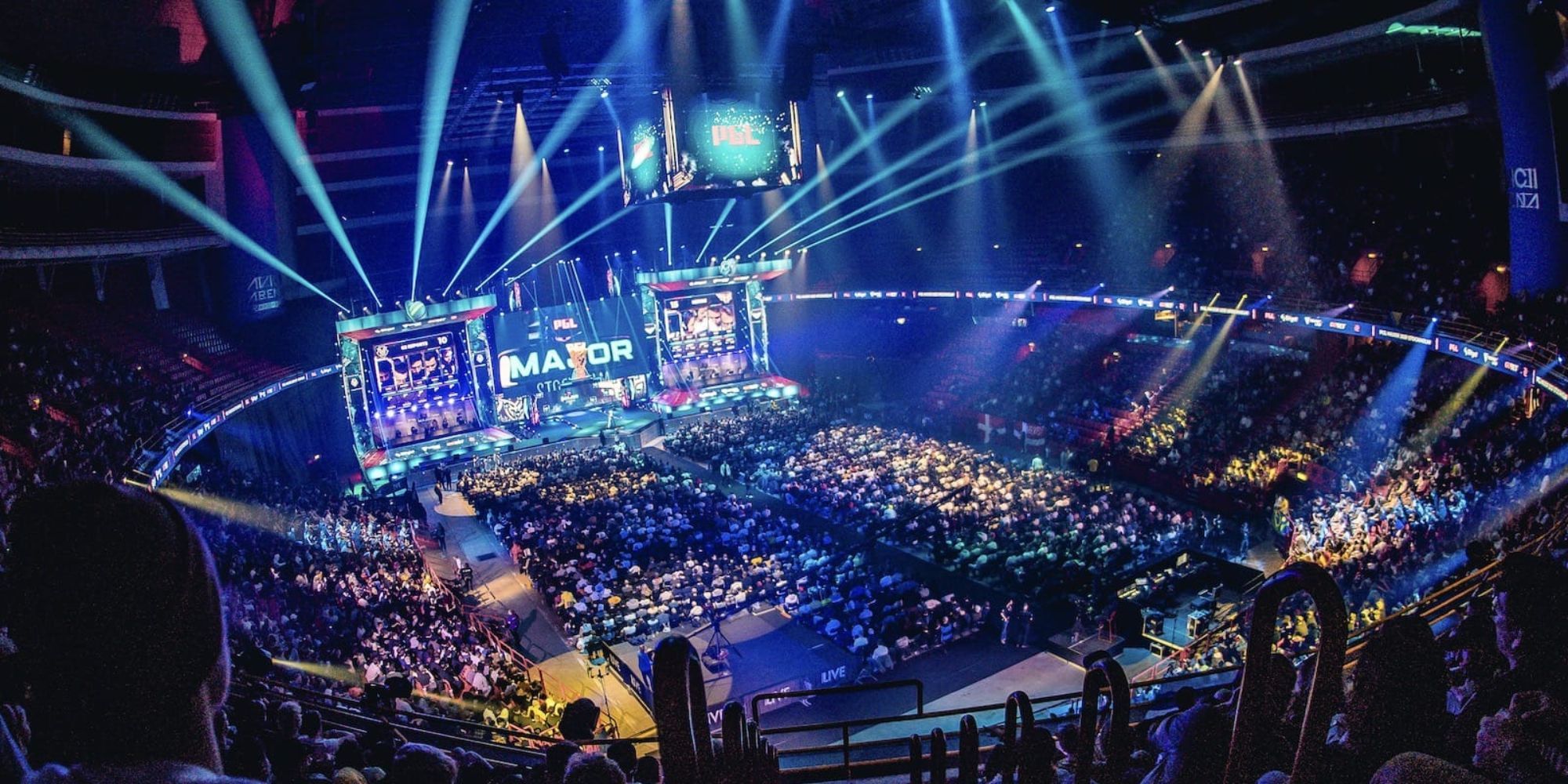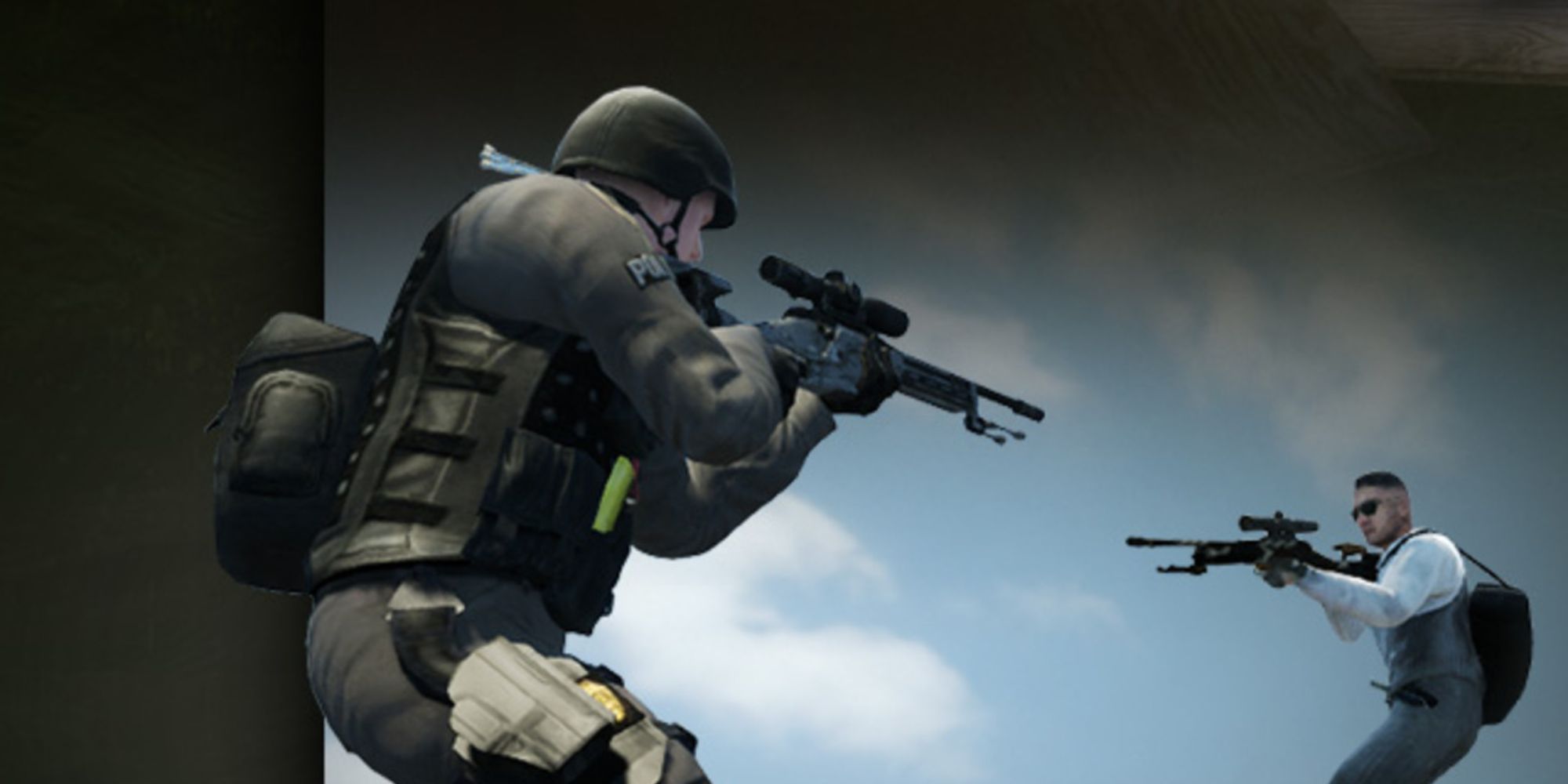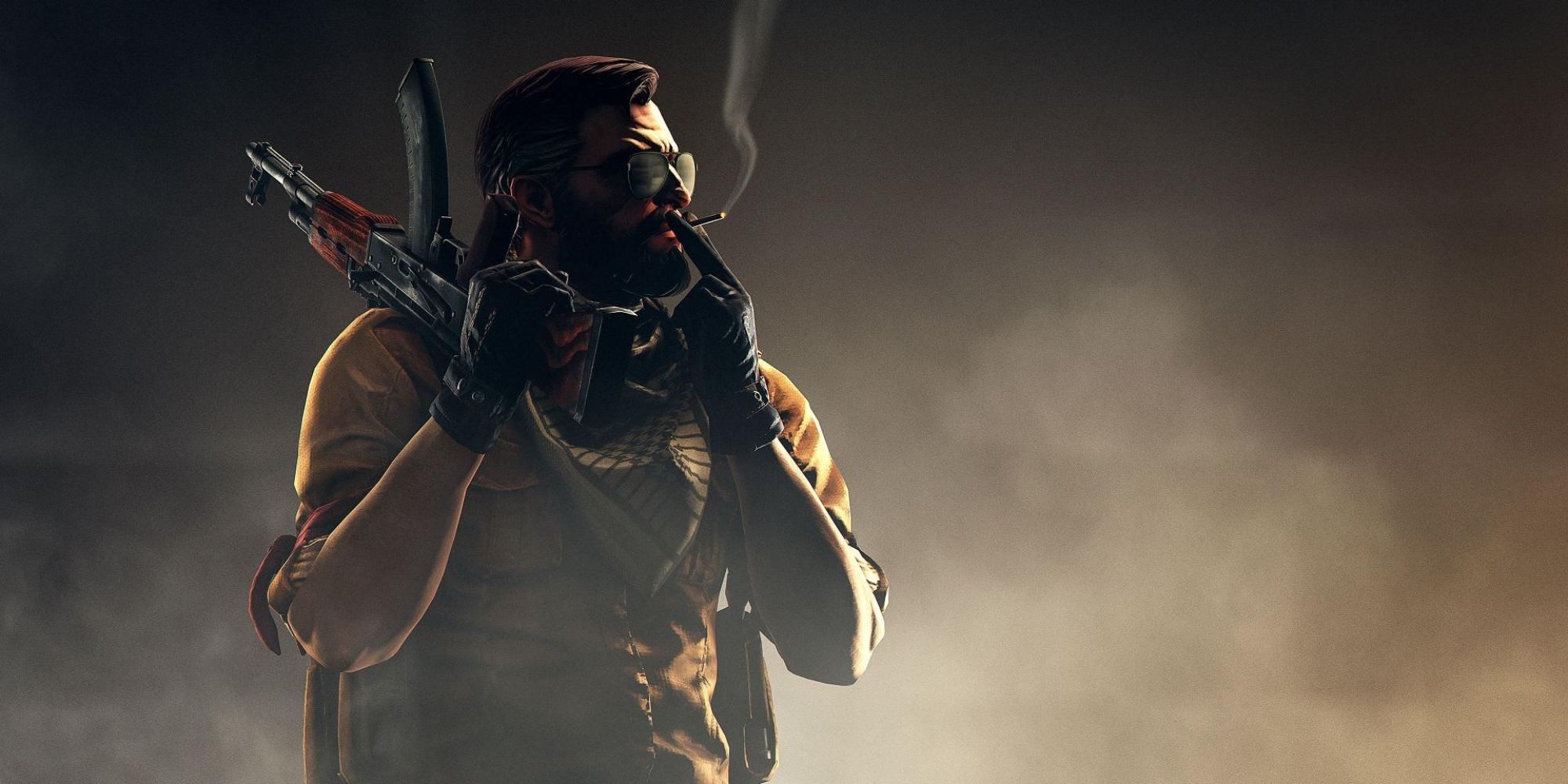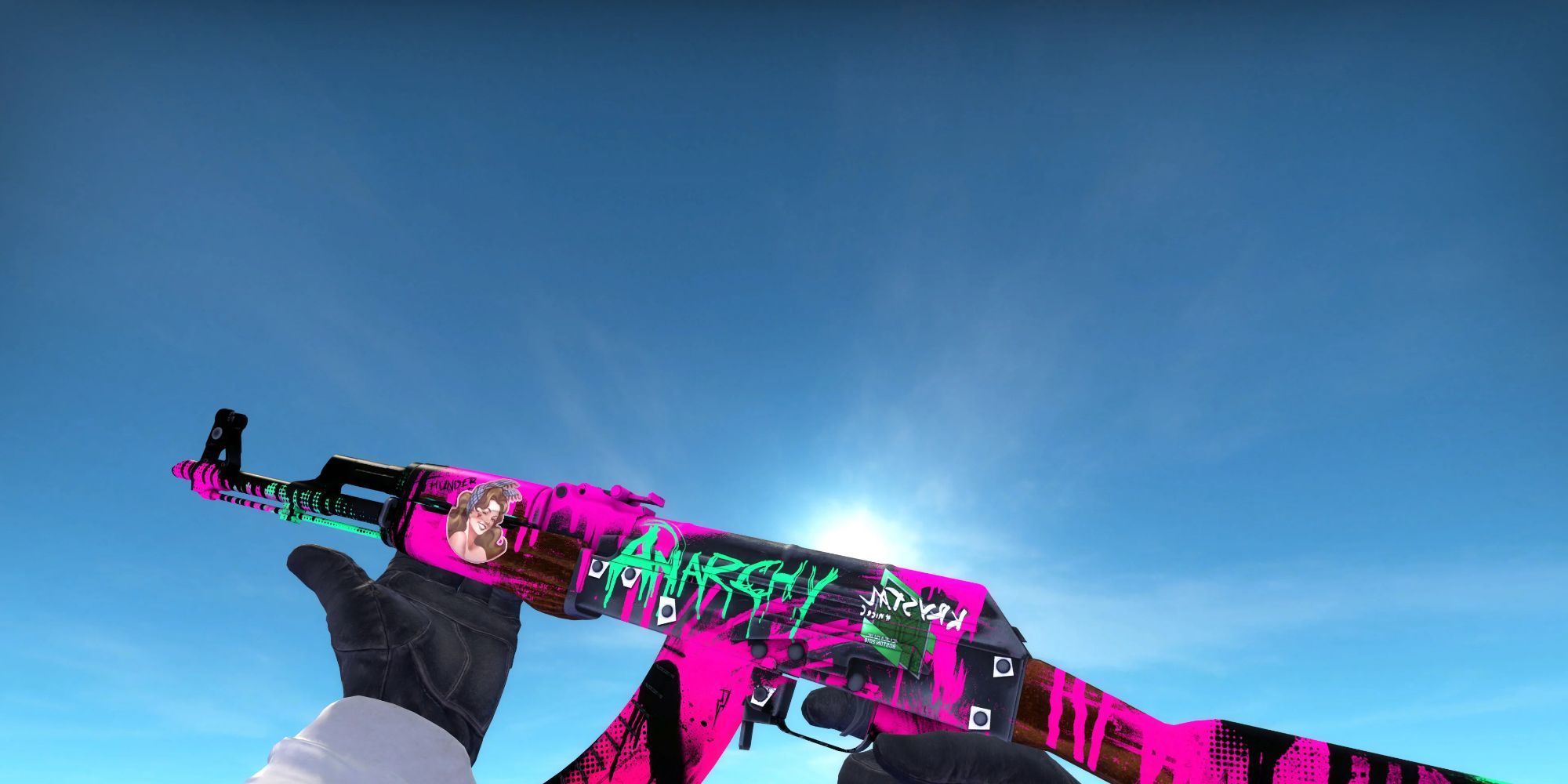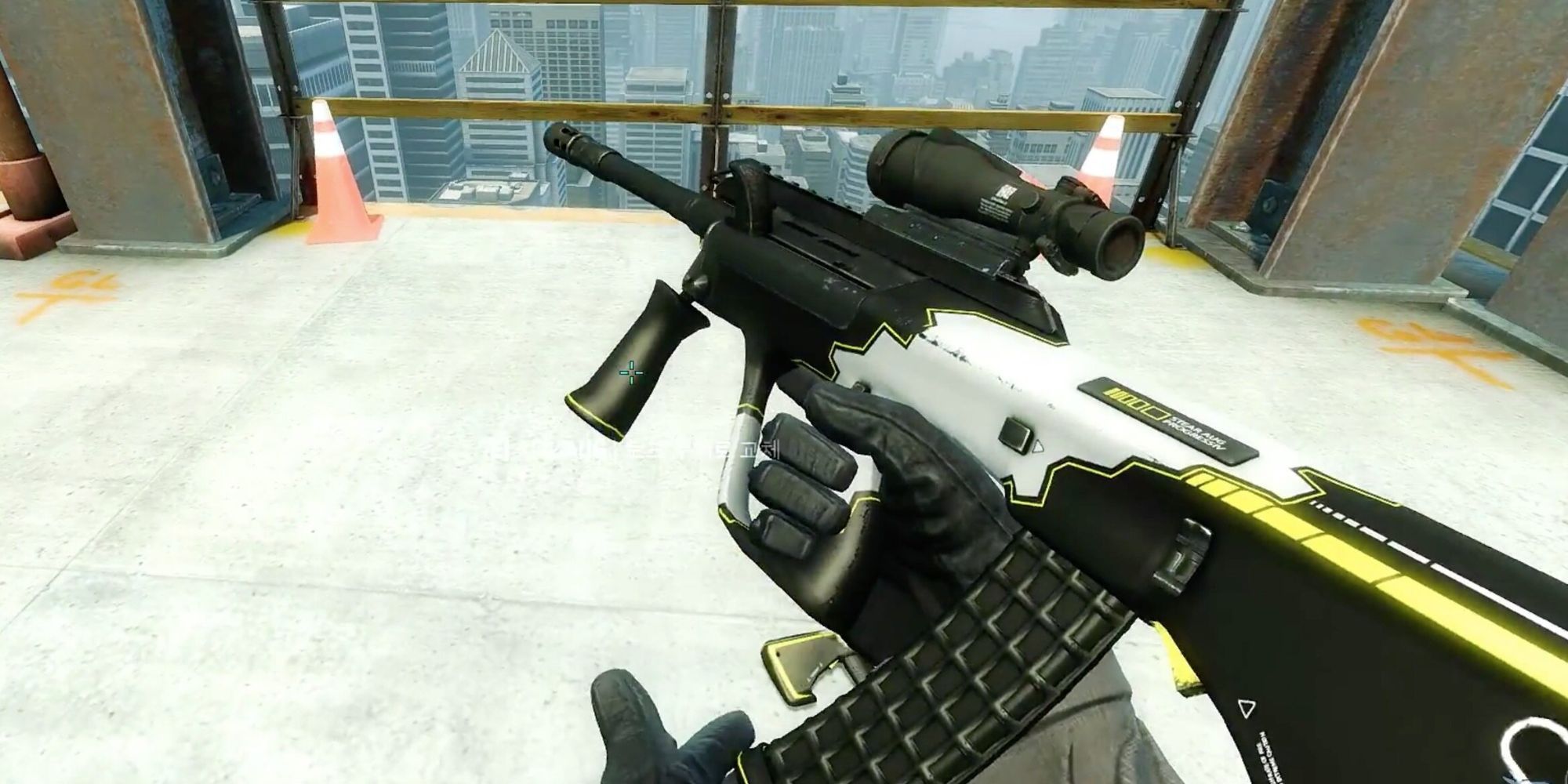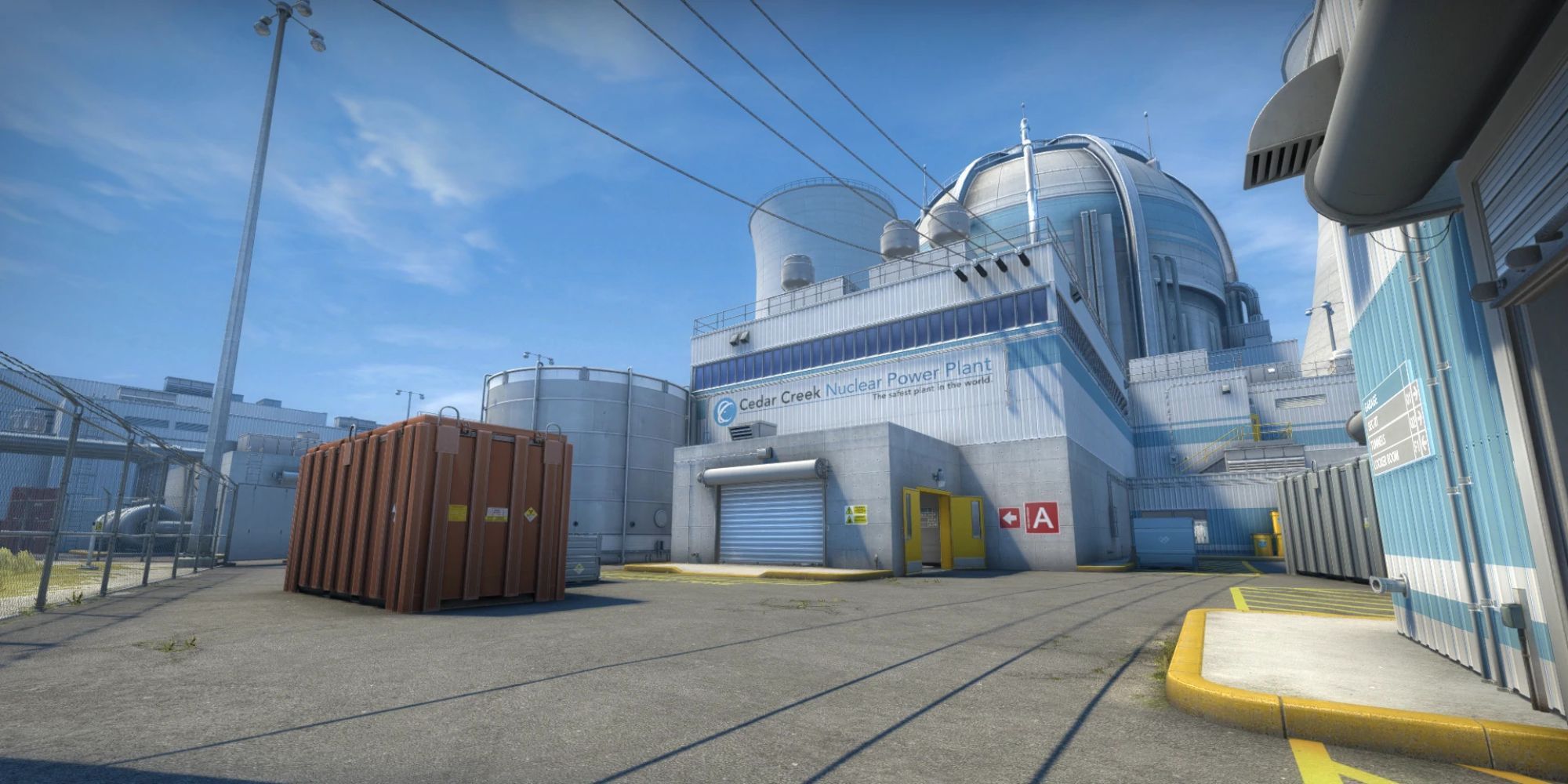In the decade since its release, Counter-Strike: Global Offensive has seen changes and overhauls in just about every way possible. Even just looking at old screenshots and videos, it’s obvious that the game is now incredibly different, and there’s no denying that the changes have been for the better.
Over ten years Counter-Strike: Global Offensive has been honed into one of the best shooters on the market, a remarkably balanced FPS played by millions, and is an ideal of what a well-designed and refined competitive game should look like. Valve’s work on the game has been truly impressive, and given the huge numbers of changes the game has undergone, it’s no surprise that it remains one of the most successful and long-lived multiplayer games ever.
10 Economy Changes
Over the years the economy meta has been shifted in more ways than one through various weapon price adjustments and other minor changes, but the most significant has been the adjustments made to the loss bonus system in 2019. Rather than the loss bonus being reset after a single round win, the counter increases by one for every loss, and decreases in kind for every win.
This especially made things easier for teams mounting a comeback, and has meant that losing teams have a much better chance to brings things back, rather than having their economy crippled after winning a round but losing the next.
9 Weapon Sounds
Weapon sounds are noticeably different, with Valve rolling out replacements of all the gun sounds in the game in 2016. The change was controversial among some players, who felt that the old sounds were better.
However, the new sounds are mildly quieter, and easier to distinguish between, though they feel a little less powerful. Additionally, the new sounds have done much to reduce ear fatigue and distortion.
8 The User Interface
The long-awaited Panorama UI was released in 2018, replacing the old Scaleform interface. Though purely graphical, Panorama was one of the biggest updates CS:GO has ever seen, and changed the look and feel of the game entirely.
The main menu was made much smoother, and the inventory screen easier to navigate. The buy menu was made more detailed, displaying the money and loadout of teammates. Also, a plethora of additional stats were added to the scoreboard to help players track the progress of a match.
7 New Player Models
CS:GO’s various player models have also been upgraded a number of times, improving their graphical fidelity. For example, in 2016 the SAS models were replaced, making them more detailed, though interestingly the design itself was made more like the original Counter-Strike SAS models. Similarly, the Leet Krew were significantly upgraded in 2017, doubling their polygon counts.
Graphical modernizations have been rolled out for all the factions in CS:GO, including the FBI, IDF and Phoenix Connexion. Additionally, paid Agent skins were released with Operation Shattered Web in 2019, changing player models for T and CT sides regardless of the map.
6 A Massive eSports Scene
The eSports scene has always been an important part of Counter-Strike, but in recent years this industry has grown exponentially. The 2021 Stockholm Major final between Navi and G2 reached a peak viewership of over 2.7 million. For reference, the first major, Dreamhack Winter 2013, had a peak viewership of around 145,000.
CS:GO has become one of the biggest eSports games on the market, and the scene dwarfs what it was in 2012, having come a long way since its relatively humble beginnings with informal LANs and small crowds.
5 New Gamemodes
CS:GO was fairly bare bones with regard to gamemodes. In fact, deathmatch was not even introduced until 2013. The choice of gamemodes remained relatively limited until 2017, when Operation Hydra introduced a number of new gamemodes, including fan-favorites that have become permanent additions to the game, like the 2v2 Wingman, or Flying Scoutsman.
Additionally, 2018 saw the introduction of Danger Zone, a battle royale mode, and Retakes were officially incorporated into the game in 2020. Now, CS:GO has a great deal of casual gamemodes available in addition to the standard competitive mode.
4 Halftime Voice Chat
Those who played CS:GO prior to 2015 will remember that originally, at halftime and the end of the game voice chat would be enabled for all players in the lobby, allowing opposing teams to talk to each other.
Admittedly, this enabled some toxicity, but it also allowed some moments of hilarity, as players bantered with each other in the brief break. Many players still want halftime voice chat to return, though Valve appears unwilling to do so.
3 The Skin Economy
The entire of an entirely virtual video game economy with items valued in the tens of thousands of real world dollars might sound odd, but it’s an integral part of CS:GO today. The skin economy is massive, primarily based around the game’s weapon skins and knives, obtained from luck-based cases. Rarer items are worth huge amounts, with the largest transaction ever conducted having been around $780,000, for two items sold.
Skins were introduced to the game with the Arms Deal Update in 2013, and the collection of skins has grown considerably since then. It is unlikely that anyone at the time could have imagined just how hugely important skins would become.
2 Weapon Metas
The weapons in CS:GO have undergone untold numbers of tweaks and adjustments as Valve has attempted to perfect game balance, and though the weapon meta has typically revolved around the obvious guns (the AWP and rifles), there have been periods with more extraordinary changes. 2015 saw the introduction of the R8 revolver, dubbed the ‘Pocket Sniper’ for its ability to one-shot opponents in the body from long range. The R8 was quickly nerfed, though the brief period of absurd R8 duels remains an infamous chapter in the game’s history to this day.
The AWP itself was also significantly nerfed in 2015, slowing down movement speed, and Valve has occasionally chosen to shake things up, such as with the 2018 update that lowered the price of the AUG/Krieg, which revealed to the playerbase that the two weapons were considerably more powerful than other rifles. The two guns have since been nerfed, but there’s no denying that the weapons of today are very different to those of 2012. For example, the M4A1-S is currently the preferred choice on CT, though prior to 2021 the M4A4 was the typical choice.
1 New Map Releases And Overhauls
Essentially all the most notable competitive maps have been reworked or improved in one way or another, and the active map pool has also changed over time. Though now a mainstay of the CS:GO map pool, Mirage was not actually introduced until 2013.
Nuke received a major rework in 2016, updating the map graphically and making it play better, and has since received a number of smaller but still notable changes to adjust how it plays. Dust 2 has also been massively reworked, and the modern version of the map looks very different to its original incarnation.

